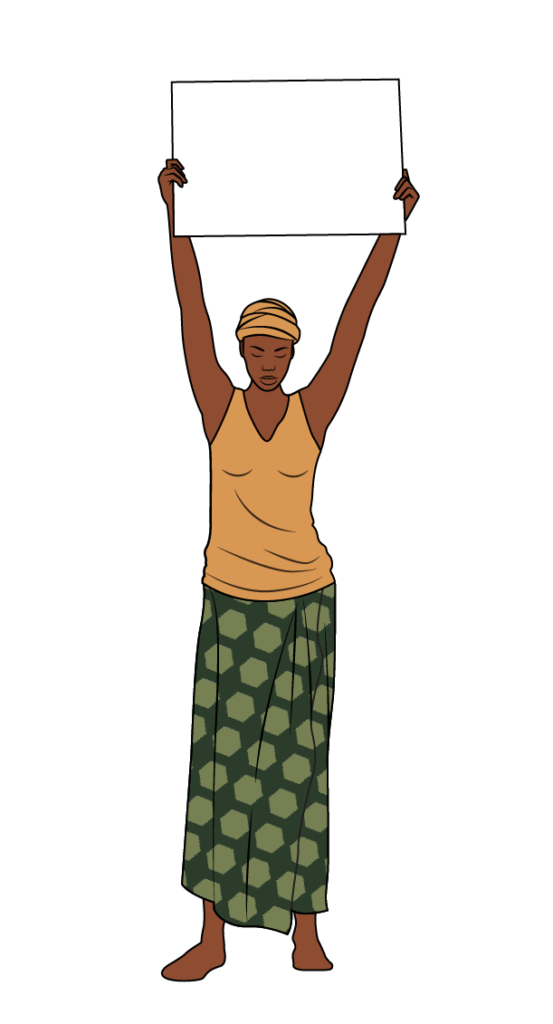The way that abortion is portrayed in the media plays an important role in how people view abortions and can have a significant social and political impact. News coverage is one of the most powerful influences on public opinion, and, by extension, national and local policy agendas. By taking a closer look at how the media talks about abortion, The MAMA Network wanted to can get a better understanding of the language used, the ways that abortion is framed, and how it either contributes to abortion stigma or helps normalize abortion. Unfortunately, abortion is too often written about in the media in ways that are highly stigmatized, filled with inaccurate information, and framing it as a moral dilemma. Due to how little research has been done on how news outlets portray abortion, MAMA, along with several partners, set out to explore how the media in West Africa reports on abortion. We looked at 60 articles from media outlets across West Africa, published between 2015 and 2020, and here’s what we found.
All articles had a clear stance on abortion – either the author(s) supported abortion rights and services or they opposed it. In articles that opposed abortion, journalists relied on heavily religious or moral language to make their argument, using words such as ‘scandalous’, ‘sin’, and ‘anti-biblical’, and described abortion seekers and people who perform abortions in negative ways. Articles against abortion were also filled with inaccurate information and misleading statistics. These articles drew heavily on the perspectives of religious officials and traditional community leaders and talked about abortion as a religious and moral problem. In some of these articles, journalists argued that abortion was against traditional values, and is a form of population control imposed by the West. Articles that pose abortion as a moral issue ignore the lived realities of people who have had abortions throughout history. People of all religions, ages, and cultures have abortions. These articles also fail to recognize that abortion is a central part of reproductive justice: people’s right to choose to have children or not, to be supported in their decisions, and to parent in safe and sustainable environments. Abortion does not stand alone but is deeply connected to other issues, including poverty, migration, climate change, domestic violence, and so on.
On the contrary, publications that were supportive of abortion tended to use more academic language, referring to medicine, public health, and science. They drew their information from international scientific, research, or medical institutions, such as Guttmacher Institute and the World Health Organization. These articles used statistics and public health indicators to support their arguments and quoted both international and local health care professionals, researchers, and activists. These articles talked about abortion as a public health issue and discussed the importance of guaranteeing abortion as a human right.
The findings from this research tell us many things. The fact that we could only find 60 articles about abortion in a five-year period tells us that in general, there is very little coverage of abortion in the media. The little coverage that does exist continues to portray abortion as a highly polarised issue, perpetuating the idea that abortion is a matter of public and moral debate and not a necessary and common healthcare procedure and event in people’s lives. These articles dramatized abortion statistics, and in general used negative language to describe abortion, which in turn spreads fear and misunderstandings of the safety of abortion and the consequences of unsafe abortion. Furthermore, the voices and perspectives of people who have abortions continue to be left out of the conversation. In doing so, the media fails to show the diversity and nuance of abortion experiences and instead portrays abortion in simplistic and inaccurate ways.
The media plays an important role in disseminating information and shaping public views on abortion. So how can the media be better allies in the fight for abortion rights?
- Frame abortion as normal part of our lives and health. This includes using evidence-based, up-to-date, accurate information from reliable sources.
- Collaborations between the media and abortion advocates, in order to lift the voices of local experts and learn from each other.
- Centre abortion seekers’ experiences and perspectives.Media coverage should reflect the complexities and diversity of abortion experiences, showing that abortion is a common experience and that there is no one single abortion story. This includes ensuring that there is representation of women and people who have abortions as the storytellers. We invite the media to become our allies in the fight for the destigmatisation and decriminalisation of abortion.
- Combat misinformation. The media has a responsibility to provide factual, unbiased information. When it comes to abortion, that means ensuring that the language you use is clear and neutral, accurate, and non-judgemental. Ensure that the sources being used are reliable.
For more information on this research, please take a look at our full report.

